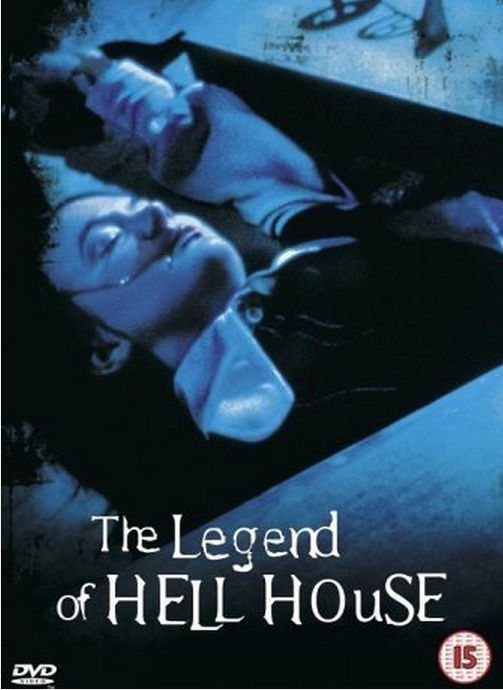Table Of Content

The W8less is also easier to use in a bathroom without convenient outlets, since its 8-foot cord makes it usable farther away. If you have curly hair, opt for the Rusk CTC Lite, which offers the same performance and warranty as the W8less and comes with a diffuser to help define curls. The key is to start small with a few careful snips — and to go slow.
Here's The *Right* Way To Trim Your Own Hair At Home, According To Experts
You can always take more hair off, but you can't add back what you've already chopped! If you're cutting your hair while it's wet, remember it will look even shorter once it dries, so snip with extreme caution. In fact, if your strands are curly or you're wavy-haired, only cut your hair when it's dry so you can get a better idea of what the final look will be. If you have straight hair, you can cut while it's wet or dampen it with a spray bottle first to get the cleanest, sharpest lines possible. While a salon appointment with a trained hairstylist is the safest way to go for any kind of haircut, sometimes you gotta do it yourself—and that’s okay.
Tips for Cutting and Coloring Your Own Hair at Home in 2020 - Self
Tips for Cutting and Coloring Your Own Hair at Home in 2020.
Posted: Tue, 07 Apr 2020 07:00:00 GMT [source]
How To Trim Bangs
If you’re also trimming bangs, style them how you typically wear them on your forehead. Focus on trimming your hair—don't try to completely restyle it. When in doubt, you can always wait and book an appointment with your favorite stylist once you're fully vaccinated and they have time to see you. Below is our best trimming advice, along with some links to tutorials that will help you with the basics. Many stylists are now offering virtual haircuts, using video calls to guide clients through a cut.
How to cut layers in long hair:
If you cut your hair when it’s wet, there’s a chance that the hair will jump when it’s dry – especially if your hair is curly.’ And this can result in too much being taken off. Before you start trimming your hair at home, find a tutorial that most closely matches your own hair length and hair type, so you can get the most accurate guide. And to make sure you’re getting expert information, Brown says to choose one created by an actual hair expert or stylist. So if you want to skip these steps (since they’re going to be different for every hair type), keep scrolling for the best tutorials on trimming your own hair. But if you want expert advice (and you do!), keep reading first.
Anyone with straight hair can use these foolproof methods to make sure your DIY cut is nice and even. Bring hair to the front and snip at an angle or straight, depending on if you prefer a rounded or blunt shape to your cut. Take the ponytail and pull upwards on the hair tie until it's only an inch or two away from the ends. If you have a lot of layering, you can secure extra elastics every few inches until the ends are easy to hold taut. If you're looking to trim your hair or even cut off a few inches of hair, one method streamlines the process for first-timers.
Dark Stag Steel Bevelled Razor Edge Barber Scissors, £28.95
An undercut style is by far the easiest haircut to try at home and it can make a huge difference in managing and cutting thick hair. Learning to trim the nape of your head will also be useful if you’re trying to maintain or grow out a pixie cut. The best thing about this style is that it’s really easy to do and if you didn’t get it right the first time, you can simply wear your hair down and no one will notice (if you don’t go too bold, of course). Ashley Streicher, stylist and co-owner of Los Angeles’s Striiike beauty studio, recently posted this helpful, step-by-step guide to trimming bangs. (Yes, cut them dry.) Notice that Streicher also recommends using nail scissors for DIY bang trims.
How to keep kids entertained while you trim
The Joewell Craft X Series 6.0 pair from Sally Beauty is made of steel, claims to be comfortable to grip in the hand, and they’ll evenly trim the hair with a sharp blade. Bring one section forward at a time, and determine how much you want to take off—we suggest a quarter of an inch to half an inch. (Cut a little less than you think you should.) Trim off the length and then snip the ends to add texture and blend everything out.
Step 1: What You Need + Tips:

To revive curly hair, Witherspoon recommends Aveda’s Dry Remedy Moisturizing Masque, which, customer reviews say, does a great job of diminishing frizz. The formula contains fruit oils, lavender, bergamot, and flower essences, so it smells great, too. For a similar mask at a fraction of the price, Mocarski suggests Aussie’s 3-Minute Miracle Moist to smooth split ends.
Hair-cutting tools
When parting hair like this, Marjan likes to use the arches of her eyebrows as a guide to determine the outermost edges of the section. Then, you might want to take a deep breath and relax your hands. So, if you've recently visited a pro and your hair still feels relatively healthy, you can wait a little longer to snip your ends. Fortunately for the curly-haired of you out there, hairstylist Mel of Manes by Mel is here to talk you through trimming your own hair at home.
But if it is getting to the point where your bangs are driving you insane, chip into them with extra caution since bangs are the frame to your face. You can check out our helpful how to cut your bangs at-home guide here. If you have straight or wavy hair, Arrunategui suggests smoothing out your hair first with a flat iron. Even if your hair is straight, you may have a cowlick, dents from the way you slept on it, or kinks at the roots from not washing your hair. The idea is to get the hair smooth and dry so that no ridges form or hair shrinks up.
Try to put off your trim until you can see your stylist, Mocarski says, but if you truly cannot wait, she thinks this video by New York stylist Brad Mondo isn’t as “terrible” as many other online tutorials. The cut requires basic tools, can be done alone, and works well on long, straight hair. When you become comfortable with the scissors and become less afraid of experimenting, you’re ready to start other techniques and cuts. "Use the comb as a guide for a straight line, then cut upwards with the scissors." But whatever you do, be patient and keep your cuts minimal.
(So much!) Besides the potentially devastating aesthetic outcomes, a trained professional has a certain set of tools and skills (plus a view of the back of your head) most of us do not. They know how to add layers, give you a prim and pinprick-sharp bob, or snip those bangs to perfection. Craft or kitchen scissors simply will not work for this type of DIY project. Also a powerful flatiron, alligator clips, and a comb (wide tooth for curly hair, fine-tooth for straight hair). We're well into Lockdown 3.0 now and those are the big hair-centric questions raising thair controversial heads again.
















